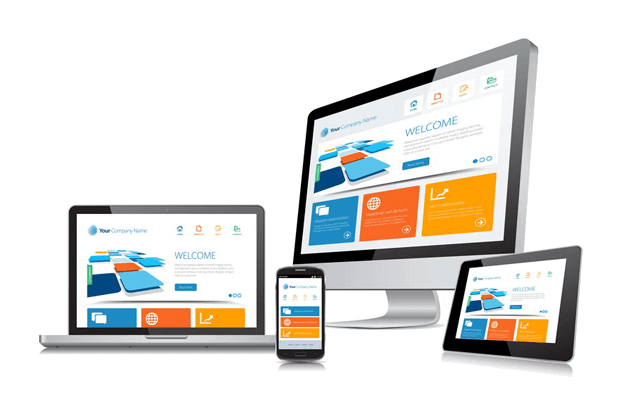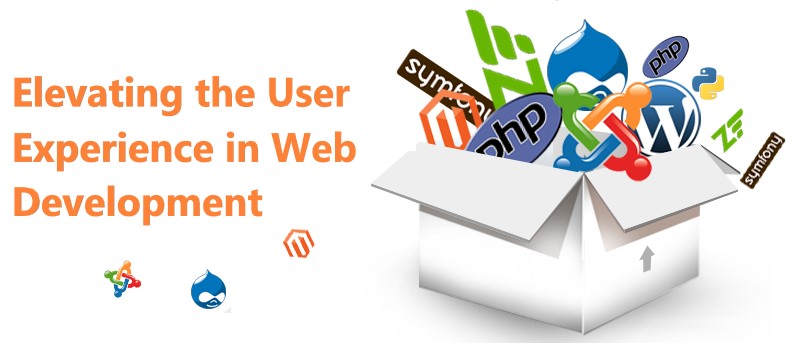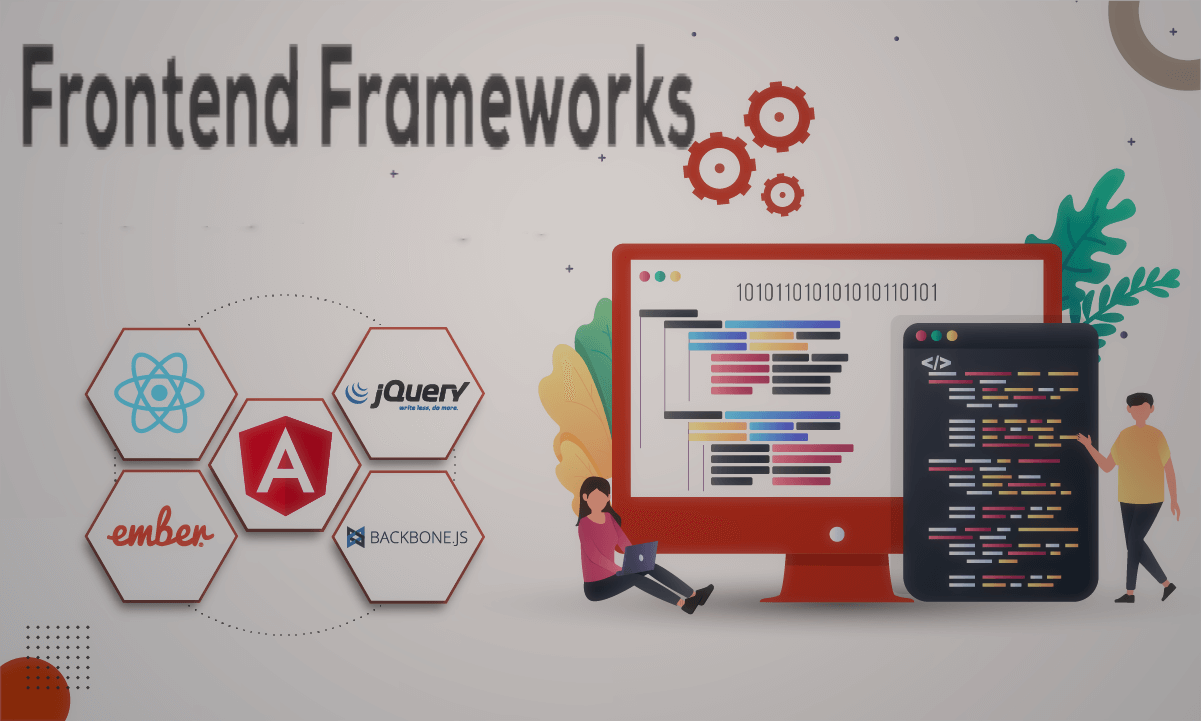Web Development Introduction:
In the dynamic realm of web development, staying ahead of the curve is essential. With the ever-evolving demands for responsive, visually appealing, and user-friendly websites, front-end developers need powerful tools to streamline their work. Enter front-end frameworks – the secret weapons that have revolutionized the way websites are built and experienced. In this article, we’ll delve into the world of popular front-end frameworks such as Bootstrap, Foundation, and Materialize. We’ll uncover how these frameworks accelerate development, enhance user experiences, and empower developers to create stunning web applications.
Understanding Front-End Frameworks:
Empowering Developers to Build Dynamic Web Interfaces
The Foundation of Front-End Frameworks for Web Development
Front-end frameworks are pre-designed sets of tools, components, and styles that expedite the creation of web applications. They offer developers a structured foundation to build upon, enabling efficient development without starting from scratch. Frameworks address common design and functionality challenges, facilitating consistency and reducing the need for repetitive code writing.
The Triad: Bootstrap, Foundation, and Materialize
Three prominent front-end frameworks have risen to prominence: Bootstrap, Foundation, and Materialize. Each comes with its unique features, but they all share the goal of simplifying development while delivering exceptional user experiences.
Exploring the Giants:
Bootstrap, Foundation, and Materialize Unveiled
Bootstrap: The Universal Crowd-Pleaser
Bootstrap, developed by Twitter, is perhaps the most recognizable front-end framework. Known for its responsiveness, flexibility, and extensive component library, Bootstrap has gained a massive following among developers. Its grid system effortlessly ensures that designs adapt flawlessly to various screen sizes, a crucial aspect in today’s mobile-centric landscape. With predefined CSS classes and JavaScript plugins, developers can craft intricate designs without reinventing the wheel.
Must read Mastering Responsive Web Design: Best Practices for Creating Adaptable and User-Friendly Websites
Foundation: The Responsive Pioneer
ZURB’s Foundation emphasizes responsive design from the ground up. Its flexible grid system and mobile-first approach prioritize seamless experiences on devices of all sizes. Foundation’s modular structure allows developers to cherry-pick components, optimizing page loading times and minimizing bloat. By leveraging its SASS-powered customization, developers can effortlessly match design elements to branding requirements.
Materialize: The Material Design Advocate
Inspired by Google’s Material Design philosophy, Materialize brings a touch of elegance to the framework scene. With its focus on consistent and intuitive user experiences, Materialize encourages the adoption of smooth transitions, responsive animations, and vibrant color schemes. The framework simplifies the creation of visually appealing interfaces while offering extensive UI components that align with Google’s design principles.
Transforming Web Development:
Accelerating Workflow and Elevating User Experiences

Streamlined Development Process
Front-end frameworks offer a treasure trove of pre-built components, from navigation bars and buttons to models and forms. Developers can integrate these elements with minimal effort, saving precious time and ensuring consistent design patterns across the application. This modularity fosters collaboration, as developers can work on different components simultaneously and seamlessly integrate them into the final product.
Read this A Beginner’s Guide to Website Development: Building Your First Website from Scratch
Responsive by Design
In an era where smartphones and tablets are ubiquitous, responsive design is non-negotiable. Front-end frameworks excel in this domain, providing the necessary tools to craft interfaces that adapt gracefully to diverse screen sizes. With predefined breakpoints and responsive utilities, developers can create fluid designs that guarantee a pleasant user experience on any device.
UI/UX Enhancement
The user interface (UI) and user experience (UX) are pivotal to a website’s success. Front-end frameworks equip developers with design guidelines and ready-to-use components that align with the latest design trends and principles. This ensures that the final product not only looks appealing but also provides an intuitive and enjoyable interaction for users.
Elevating the User Experience in Web Development:
Empathy in Design, Effortless in Execution

Consistency Breeds Familiarity
User interfaces built with front-end frameworks exhibit consistency across pages and sections. This predictability fosters a sense of familiarity, enabling users to navigate effortlessly and find the information they need. A unified experience translates to user satisfaction and encourages prolonged engagement.
How to Grow Your Business with Shopify: Unveiling the Path to E-Commerce Success
Speed, Performance, and Optimization
By leveraging optimized CSS and JavaScript code, front-end frameworks contribute to faster page load times. Their focus on performance ensures that websites remain snappy, retaining user interest and reducing bounce rates. Moreover, many frameworks employ techniques like lazy loading and asset minification, further enhancing loading speed.
Accessibility and Inclusivity Web Development
Creating websites that are accessible to all users, including those with disabilities, is paramount. Front-end frameworks often adhere to accessibility best practices, ensuring that design and interactions are perceivable, operable, and understandable for a diverse audience. This commitment to inclusivity aligns with contemporary ethical design standards.
Best web development company in Mumbai
Conclusion:
Front-end frameworks have revolutionized the way websites are built and experienced. Bootstrap, Foundation, and Materialize have emerged as powerhouses in this domain, providing developers with tools to expedite their workflows, enhance user experiences, and deliver stunning web applications that cater to the demands of the modern digital landscape. As the web development landscape continues to evolve, these frameworks remain indispensable allies in creating web interfaces that captivate, engage, and delight users across the globe.

